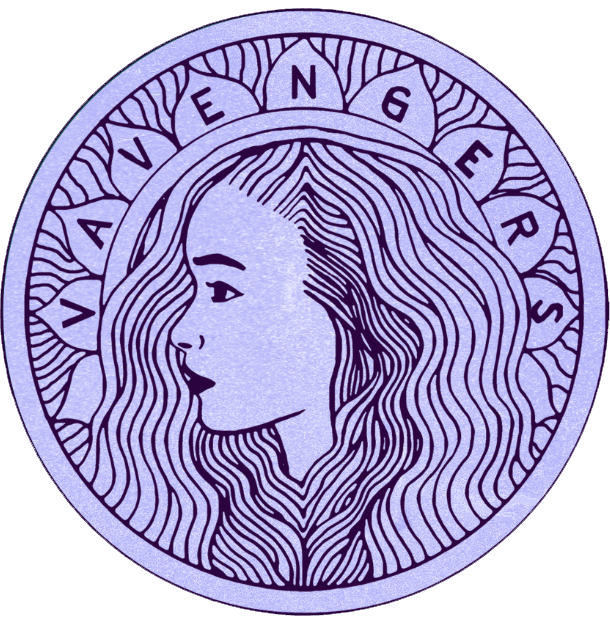
Female Genital Mutilation/Cutting FAQ’s
-
Female genital mutilation/cutting (FGM/C) is the cutting or removal of the external female genitals. FGM/C is often performed by non-medically trained women. It results in lifelong pain, trauma, health and emotional problems.
The four main types of FGM/C (illustrated below) are:
Type I or Clitoridectomy
Clitoris or clitoral hood is partially or totally removed.Type II or Intermediate
Clitoris and labia minora are partially or totally removed.Type III or Infibulation
Clitoris, labia minora and labia majora are removed and the remaining skin is stitched or sealed leaving a small opening.Type IV or other harmful procedures
including piercing, pricking, stretching, scraping, burning, cutting and introducing corrosives/herbs. -
It is often mistakenly thought that FGM/C is performed for religious reasons but it predates the major faiths and is not required by any religion. It is rooted in patriarchal ideology, existing as a tool to control women’s bodies.
The reasons why FGM/C continues today are complex and reflect both the history and current circumstances of the communities in which it takes place.
-
FGM/C causes life-long physical and emotional harm. The health problems that can occur are:
• Severe loss of blood, pain or shock
• Difficulties in urinating or menstruating
• Bladder infections
• Increased risk of HIV/Aids
• Mental health problems – extreme depression, anxiety and trauma.
• Problems with sexuality and during sex
• Complications, and sometimes death, in pregnancy and childbirth including obstructed labour due to reduced opening, or incontinence due to fistula (tears in bladder or rectum).
-
Country Term used Language Meaning
Egypt Thara Arabic Deriving from the Arabic word ‘tahar’ meaning to clean/purify
Khitan Arabic Circumcision – used for both FGM and male circumcision
Khifad Arabic Deriving from the Arabic word ‘khafad’ meaning to lower (rarely used)
Ethiopia Megrez Amharic Circumcision/cutting
Absum Harrari Name giving ritual
Eritrea Mekhnishab Tigregna Circumcision/cutting
Kenya Kutairi Swahili Circumcision – used for both FGM and male circumcision
Kutairi was icha Swahili Circumcision of girls
Nigeria Ibi/Ugwu Igbo The act of cutting – used for both FGM and male circumcision
Sunna Mandingo Religious tradition/obligation – for Muslims
Sierra Leone Sunna Soussou Religious tradition/obligation – for Muslims
Bondo Temenee/ Mandingo/Limba Integral part of an initiation rite into adulthood – for non-Muslims
Bondo/Sonde Mendee Integral part of an initiation rite into adulthood – for non-Muslims
Somalia Gudiniin Somali Circumcision used for both FGM and male circumcision
Halalays Somali Deriving from the Arabic word ‘halal’ i.e. ‘sanctioned’ – implies purity.
Qodiin Somali Stitching/tightening/sewing refers to infibulation
Sudan Khifad Arabic Deriving from the Arabic word ‘khafad’ meaning to lower (rarely used)
Tahoor Arabic Deriving from the Arabic word ‘tahar’ meaning to purify
Chad Bagne Used by the Sara Madjingaye
Sara subgroup Gadja Adapted from ‘ganza’ used in the Central African Republic
Guinea-Bissau Fanadu di Mindjer Kriolu ‘Circumcision of girls’
Gambia Niaka Mandinka Literally to ‘cut/weed clean’
Kuyango Mandinka Meaning ‘the affair’ but also the name for the shed built for initiates
Musolula Karoola Mandinka Meaning ‘the women’s side’/‘that which concerns women’
Turkey Kadın sünneti Turkish Circumcision – used to describe FGM
Source: https://www.gov.scot/publications/responding-female-genital-mutilation-fgm-scotland-multi-agency-guidance-978-1-78851-364-7/pages/12/
It is important to note that although many of these terms are inappropriate, they may be the only terms that women and girls from these communities understand.
Type I
Type II
Type III
Type IV
For attendees of our Support Hubs, we created a printed booklet that curates information on different types of abuse, how to spot the signs, and how to get support in the UK. Since its success at our hubs it has been developed and adopted for use in many spaces, including community partners and governmental organisations.
One doctor recently reported women coming to them with photos of our ‘Contraception options’ page to begin discussing whether it would suit their needs. View and download a copy for free here.
To discuss using this booklet in your work or to collaborate on a bespoke version get in touch.








